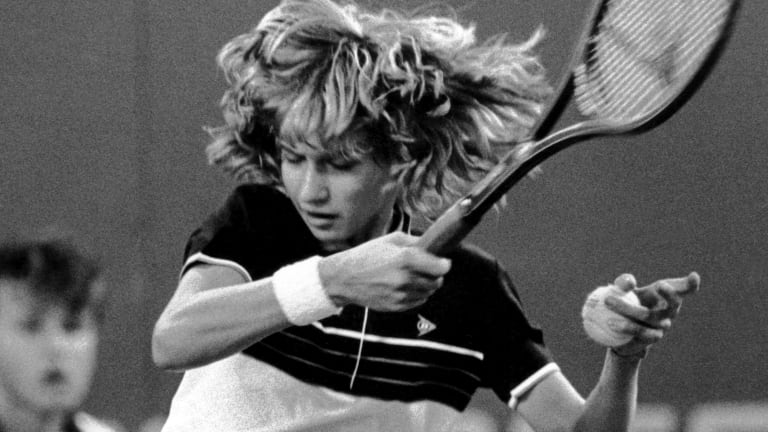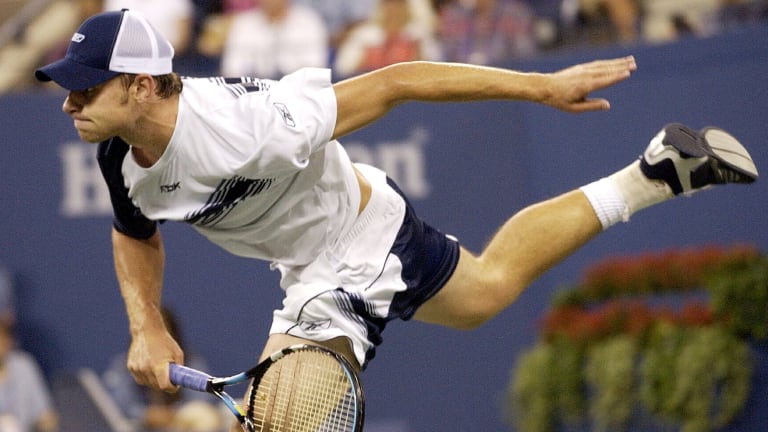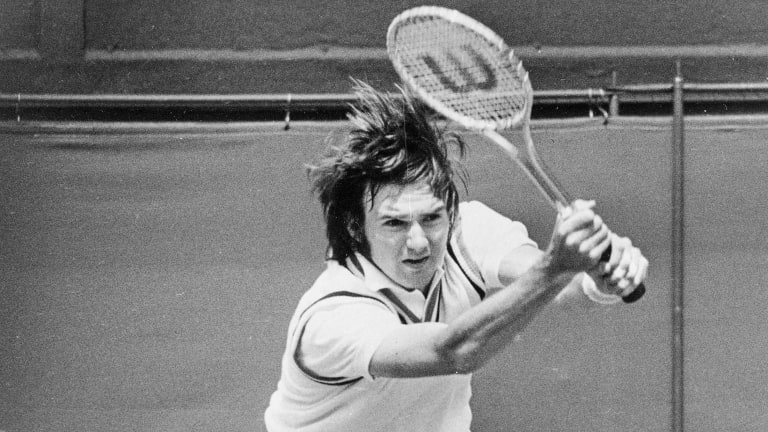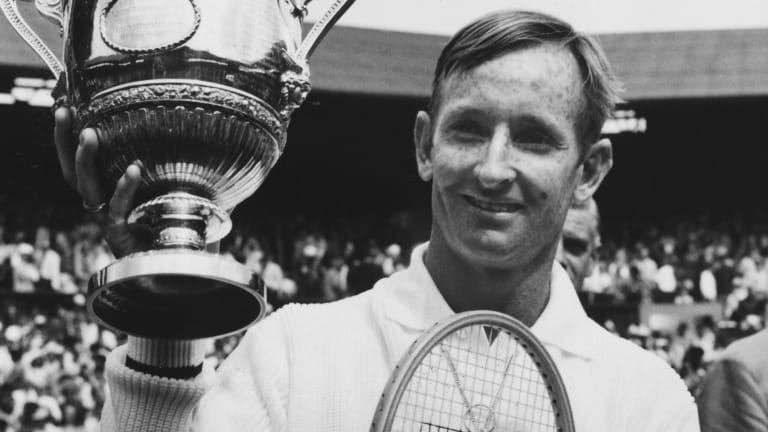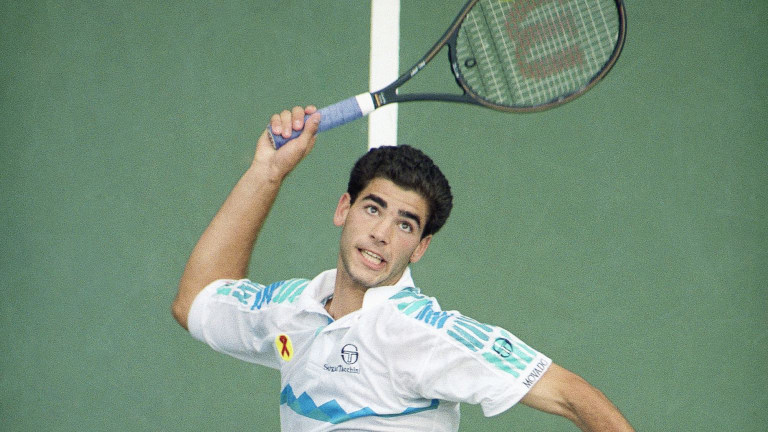Historical importance, as it relates to tennis racquets, is measured by a frame’s technological innovation and cultural influence. From the dawn of the Open era in 1968, tennis players and fans have seen and experienced plenty of both—some fleeting, some revolutionary. In the end, a tennis racquet is only as important as the changes it brought, and how much it was embraced by the masses.
Here's No. 5–No. 1 in the countdown to the most significant racquet. (See No. 10-6 here.)
5
